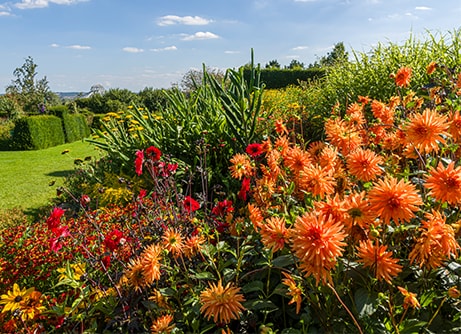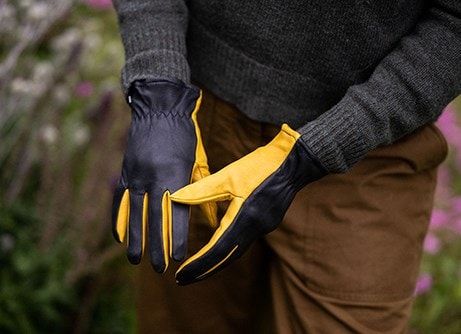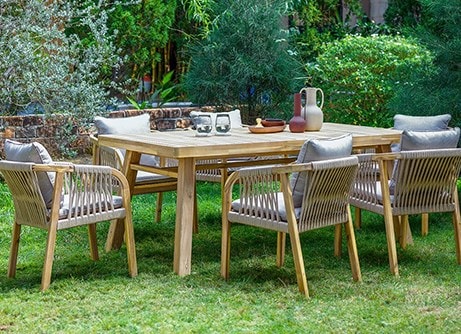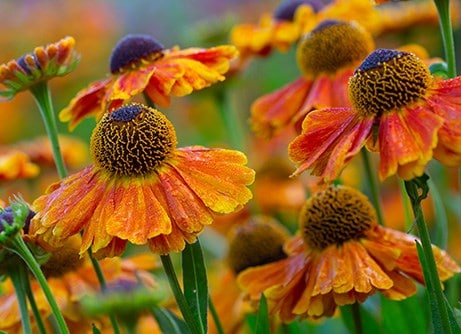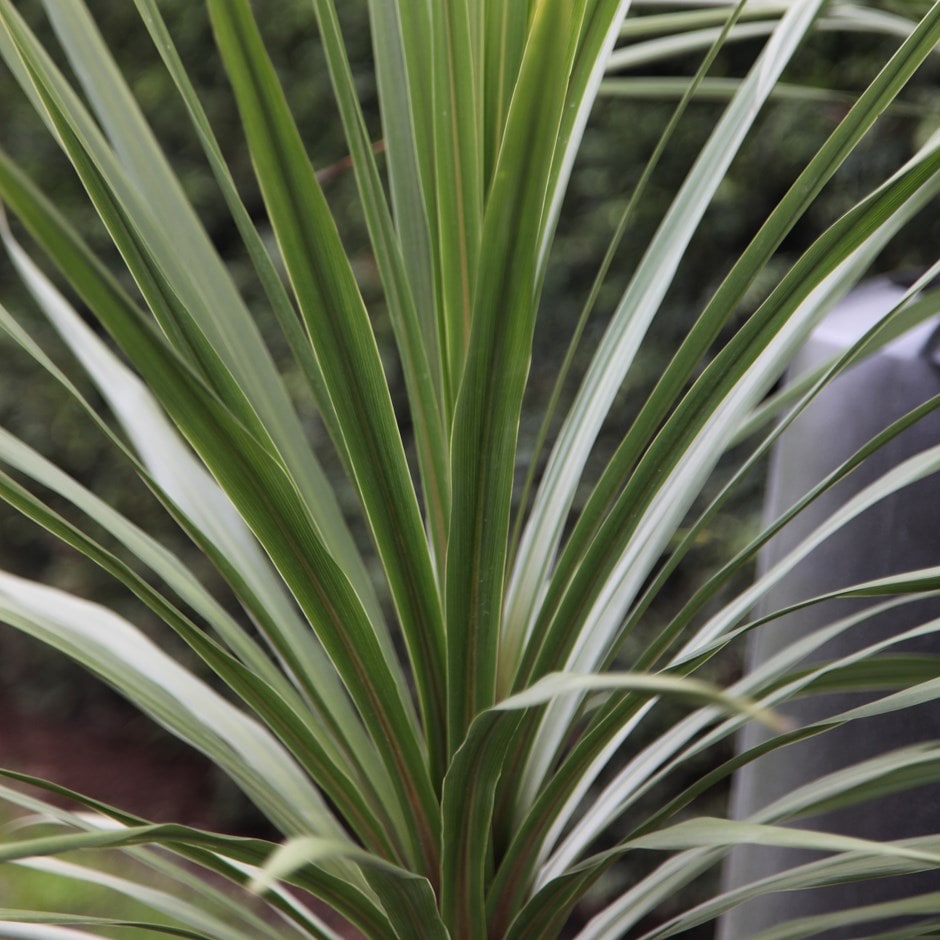
This popular, palm-like tree has arching, lance shaped, light green leaves, retained throughout the year. Mature trees produce dramatic white flower spikes that smell exquisite. It's an ideal focal point plant for a sunny, protected border, patio or for the exotic garden. It is also faster growing than the varieties with coloured foliage. In frost-prone areas Cordyline australis is best grown inside a warm greenhouse or conservatory.
Please note that the pot in the photograph is not supplied with the plant (which is sent out in a simple nursery alternative), but we have a wide and wonderful range on our website to choose from.
Please note that the pot in the photograph is not supplied with the plant (which is sent out in a simple nursery alternative), but we have a wide and wonderful range on our website to choose from.
How to care for Cordyline australis:
When planting in pots, use a loam based compost, such as John Innes No.2 mixed with potting grit, upgrading to John Innes No.3 as the plant grows. In severe winter weather, protect from frost and wind damage by tying up the foliage and wrapping in bubble wrap or a horticultural fleece, ensuring it's removed promptly, when conditions improve, to prevent rot.
Feed monthly during the growing season with a liquid fertiliser from spring to late summer, and water regularly, especially for container-grown plants, even though mature cordylines are drought-tolerant.
Remove damaged foliage as needed, and in colder regions, move potted plants to a sheltered spot or cover outdoor plants with fleece. In spring, once new growth appears and frost risk has passed, prune frost-damaged branches just above emerging shoots for a tidy, rejuvenated look.
Feed monthly during the growing season with a liquid fertiliser from spring to late summer, and water regularly, especially for container-grown plants, even though mature cordylines are drought-tolerant.
Remove damaged foliage as needed, and in colder regions, move potted plants to a sheltered spot or cover outdoor plants with fleece. In spring, once new growth appears and frost risk has passed, prune frost-damaged branches just above emerging shoots for a tidy, rejuvenated look.
Flowering period:
- Jan
- Feb
- Mar
- Apr
- May
- Jun
- Jul
- Aug
- Sep
- Oct
- Nov
- Dec
Eventual height:
6m
Eventual spread:
4m
Position:
Full sun / light shade
Rate of growth:
Slow growing
Soil:
Moderately fertile, moist, well-drained soil
Hardiness:
Borderline hardy (will need protection in winter in colder areas)
Product options

2 litre pot
was £27.99
now £16.79
In stock
(shipped within 2-3 working days)
(shipped within 2-3 working days)

7.5 litre pot | 80 - 100cm tall
was £69.99
now £55.99
available to order from autumn
Unavailable
1
Delivery options (pick your preferred option at checkout)
Standard Delivery£5.99
Named Day Delivery£10.99
Goes well with
Fatsia japonica
Japanese aralia
From £17.40
View options
| 2 litre pot | £17.40 |
|
|
| 7.5 litre pot | 60 - 80cm tall | £99.99 |
|
|
| 10 litre pot | 60 - 80cm tall | £109.99 |
|
View details
Dicksonia antarctica
tree fern
From £8.99
View options
| 60cm tall trunk | £279.99 |
|
|
| 9cm pot | £8.99 |
|
|
| 2.1m tall trunk | £1,039.99 |
|
|
| 2 × 1.2m tall trunk | £799.99 |
|
|
| 2 × 90cm tall trunk | £639.99 |
|
|
| 90cm tall trunk | £399.99 |
|
|
| 1.2m tall trunk | £559.99 |
|
|
| 1.5m tall trunk | £719.99 |
|
|
| 30cm tall trunk | £159.99 |
|
|
| 15cm tall trunk | £99.99 |
|
|
| 2 litre pot | £31.49 |
|
View details

